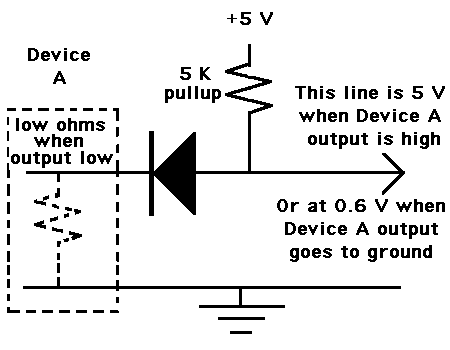lambchops511
Member level 1
I am using CMOS IBM 180nm (High Voltage Option)
I have two parts of the circuit... A and B
A is VDD 1.8
B is VDD 5
A drives logic which will signal something to be B to do something...
How would I implement this?
How do I transition from VDD 1.8 to VDD 5?
Can I just change the body connection of the B to use VDD1.8 bias instead of VDD5 ? would that work?
Thanks.
---------- Post added at 00:14 ---------- Previous post was at 00:12 ----------
Or do I need to use something like an amp to amplify my signal from VDD1.8 to VDD5 ... thanks.
I have two parts of the circuit... A and B
A is VDD 1.8
B is VDD 5
A drives logic which will signal something to be B to do something...
How would I implement this?
How do I transition from VDD 1.8 to VDD 5?
Can I just change the body connection of the B to use VDD1.8 bias instead of VDD5 ? would that work?
Thanks.
---------- Post added at 00:14 ---------- Previous post was at 00:12 ----------
Or do I need to use something like an amp to amplify my signal from VDD1.8 to VDD5 ... thanks.
